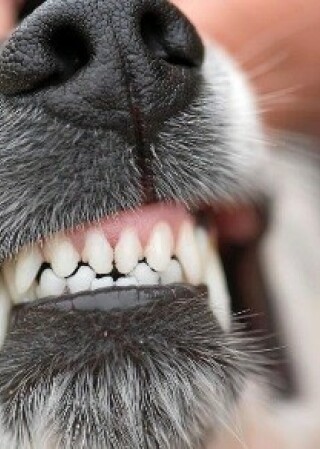The Supreme Court recently determined a case, in which a five-year-old boy was mauled by two German Shepherds whilst playing in the backyard of a friend’s home. The proceedings were brought under the Companion Animals Act 1998 (NSW), which can hold dog owners liable for injury to a person, or damage to property, caused by man’s best friend.
Facts
5 year old Dejgaren was playing in a backyard with another child whilst both of their parents were inside. While the children were playing, Dejgaren heard dogs barking in the backyard of the adjacent residence and decided to climb the six foot wooden diving fence. He told the Court that he intended to talk to the dogs, to tell them that they were only playing, so they would calm down.
Dejgaren climbed the fence by first climbing onto a tree stump and then onto a horizontal wooden cross-beam, which was part of the fence. He then placed both of his hands onto the top of the fence, which was flat, and “peered” into the adjacent property. At the time, the owner of the dogs was not home. While Dejgaren was standing on the fence, he told the Court that one of the dogs jumped up and bit his right arm. He also said that the second dog jumped up and bit his face. Dejgaren then climbed down from the fence and hid behind a shed in the backyard, as he did not want his mother to see his injuries.
Due to the attack, Dejgaren sustained quite significant injuries. The bites had exposed his underlying flesh, muscle and fat tissue. He was taken to Westmead Children’s Hospital by ambulance and required three operations. After these surgeries, Dejgaren was left with scarring, which was very sensitive to the sun. He also became a victim of bullying at school due to this visible scars and suffered from an adjustment disorder with PTSD symptoms.
The Proceedings
There was no question that due to the dog attack, Dejgaren had sustained relatively serious injuries. The question that the Court had to consider was whether Ms Sheerin, the owner of the dogs, was liable for his injuries. Ms Sheerin’s argued that when the attack happened, Dejgaren was not lawfully on her property, and thus, she was not liable under the Companion Animals Act.
As such, the Court needed to ascertain whether Dejgaren was on the Defendant’s property, and if so, whether he was on the property lawfully. This was not very easy for the Court to determine, as the barristers for both parties found it difficult to obtain consistent oral evidence from Dejgaren, who was nine years old by the time of the hearing.
When questioned by his own barrister, Dejgaren told the Court that when he climbed onto the fence, no part of his body was over the fence, that is, in the airspace of Ms Sheerin’s property. His evidence was that his hands were on the top of the fence, but not over, and that the dogs jumped up, bit him, and pulled him over the adjacent property.
The Defendant attempted to argue that Dejgaren had in fact placed his arm and head over the fence, above the dogs, and was thus in the airspace over Ms Sheerin’s backyard. The Defendant also stated that by doing so, Dejgaren had trespassed onto the property, and Ms Sheerin should not be held liable for his injuries.
Due to the difficulties in obtaining oral evidence from a nine-year-old in Court, the Judge was not able to fully ascertain Dejgaren’s physical position at the time of the attack. The Defendant attempted to argue that when Dejgaren used the word “peering”, he conceded that his head was over the fence. However, the Judge was of the view that Dejgaren was only agreeing with the Defendant’s questions because he was overwhelmed and did not fully understand them.
The Judge decided that due to his small size, and in conjunction with all of the evidence, it was highly unlikely that Dejgaren extended his arm or head into the neighbouring property. The Court determined that the most likely scenario was that Dejgaren’s hands were placed flat on the top of the fence and his “peering” was merely referring to looking into the next door property. The Court stated that at most, his fingertips were curled to grip the top of the fence, thus minimally extending over the property boundary.
Decision
The Judge ruled that even if Dejgaren’s fingers had technically protruded onto the Defendant’s land, the intrusion was so minor and unintentional, that it could not be considered an unlawful trespass. As a result, the Court held Ms Sheerin liable and ruled in Dejgaren’s favour.
Dejgaren was awarded a total of $315,000, being:
- $230,000 for his pain and suffering.
- $75,000 for loss of future earning capacity.
- $10,000 for future treatment
Ms Sheerin was also ordered to pay Dejgaren’s legal costs.
This case is an important reminder that dog owners can be held legally responsible and ordered to pay monetary compensation for the injury and damage caused by their four-legged friends.
If you have been injured in a similar attack, or require advice on a personal injury claim, contact Marsdens on 02 4626 5077 and speak to our experienced Injury Compensation Department.


